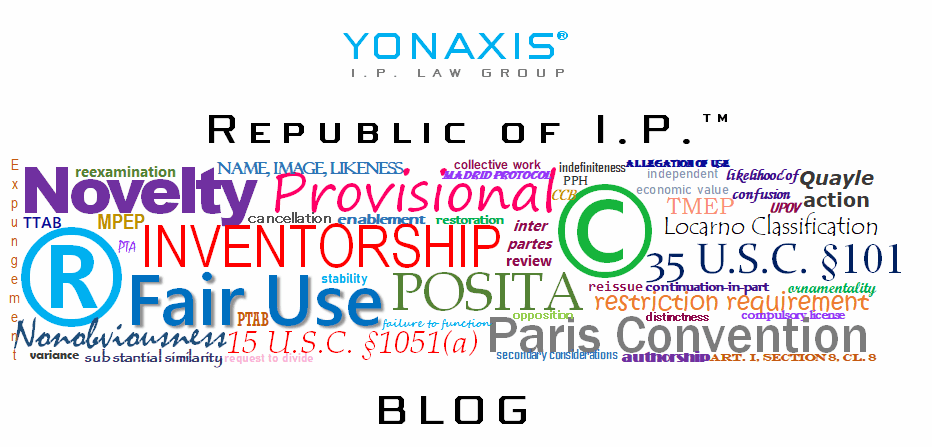Eight months after the U.S. Supreme Court held in the Elster case that so-called Names Clause under Section 2(c) of the Lanham Act, the federal trademark law, prohibited the use of a living person’s name in a proposed mark without that person’s consent, we are still seeing many applications filed raising Section 2(c) issues.
What is Elster?
Vidal v. Elster,1 decided in June 2024, was the first decision to address the constitutionality of Section 2(c), which states that: “No trademark . . . shall be refused registration . . . unless it – (c) Consists of or comprises a name, portrait, or signature identifying a particular living individual except by his written consent, or the name, signature, or portrait of a deceased President of the United States during the life of his widow, if any, except by the written consent of the widow.” The lower court decision found for the applicant of the TRUMP TOO SMALL mark, holding that the refusal to register the mark violated the First Amendment freedom of expression.2 However, the U.S. Supreme Court reversed, finding that a person has the right to control how his name is to be used, including as a registered mark.
We see no evidence that the common law afforded protection to a person seeking a trademark of another living person’s name. To the contrary, English courts recognized that selling a product under another person’s name could be actionable fraud . . . This recognition carried over to our country. [I]t is doubtless correct to say that a person may have a right in his own name as a trademark as against a trader or dealer of a different name.
Thomas, J., opinion of the Court, Vidal v. Elster (2024)
The Elster ruling illustrates the problems some marks will face during prosecution of the application. An example is the following mark, Serial No. 98919053, filed December 23, 2024, with the U.S. Patent and Trademark Office:
The obvious issue here, once prosecution has begun, is that the mark will be refused registration under Section 2(c), for the reason that Donald Trump did not give consent to have his name in another person’s registered mark.3 Another example is the following application, Serial No. 98549196, filed May 14, 2024:
This application has had an Office Action mailed on December 10, 2024, which indicates the mark is refused registration based on Section 2(c), “name identifying a particular living person.” Assuming former President Biden will not consent to the mark’s registration, it is unlikely the applicant will be able to overcome the Section 2(c) refusal, and the application will go abandoned for failure to fully address the refusal or failure of the applicant to file a response at all.
Although the general holding was unanimous – and was based on a more elaborate First Amendment analysis, in addition to the several, more nuanced concurring opinions rendered in Elster – all are too complicated for the casual observer. Rather, the primary takeaway should be that a trademark applicant should consult with a trademark attorney when filing an application to ensure that the proposed mark is actually in a condition to be registered.
For any questions on Elster or any other trademark issue, please contact Brent Yonehara at Yonaxis I.P. Law Group.
- 602 U.S. 286 (2024), rev’g In re Elster, 26 F.4th 1328 (Fed. Cir. 2022). ↩︎
- “Congress shall make no law respecting an establishment of religion, or prohibiting the free exercise thereof; or abridging the freedom of speech, or of the press; or the right of the people peaceably to assemble, and to petition the Government for a redress of grievances.” U.S. Const., 1st Amend. ↩︎
- The Examining Attorney may have some questions for the applicant, and will request information to assist in the assessment of whether the mark will be refused under Section 2(c). ↩︎


